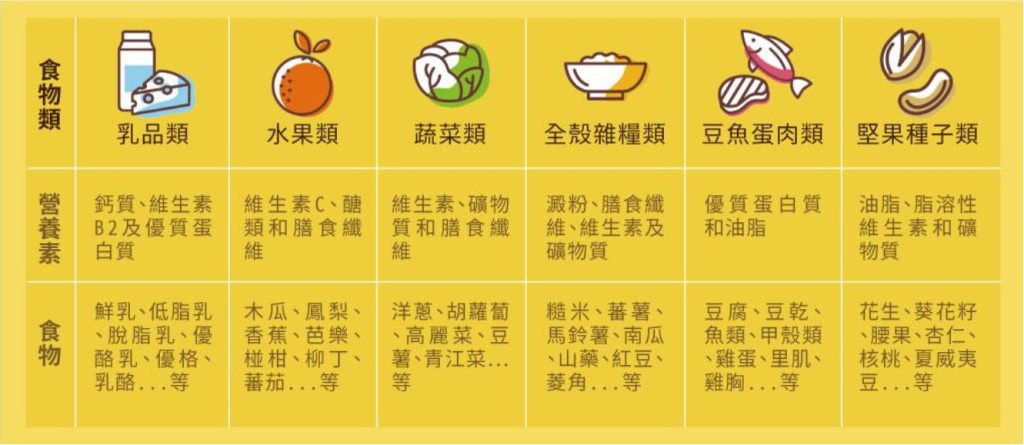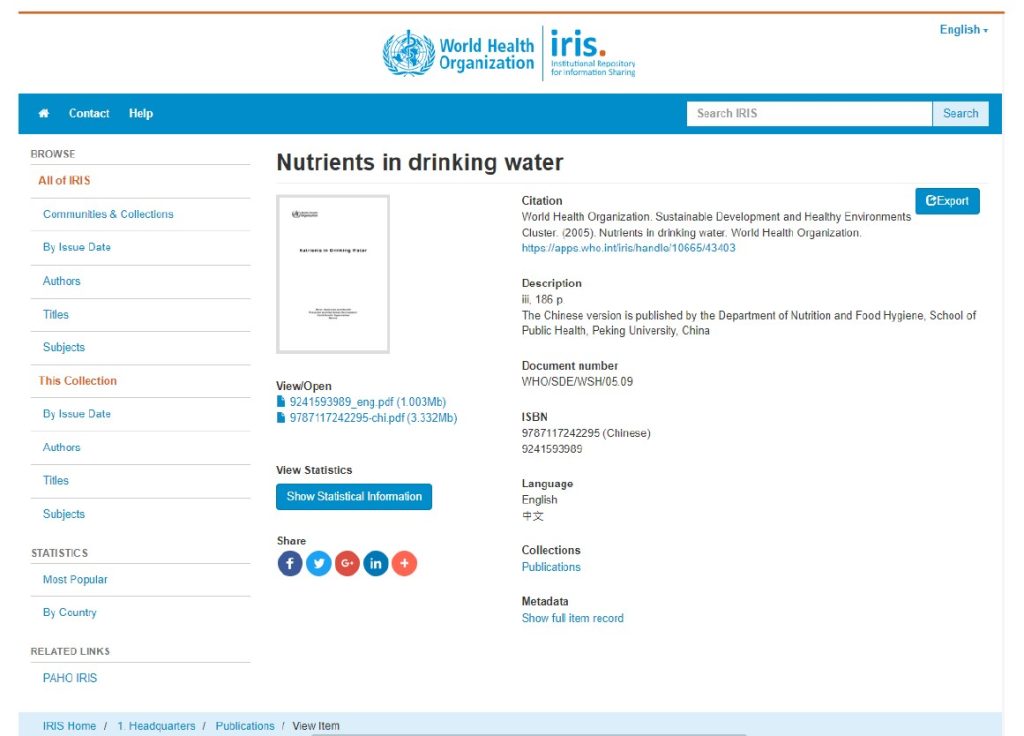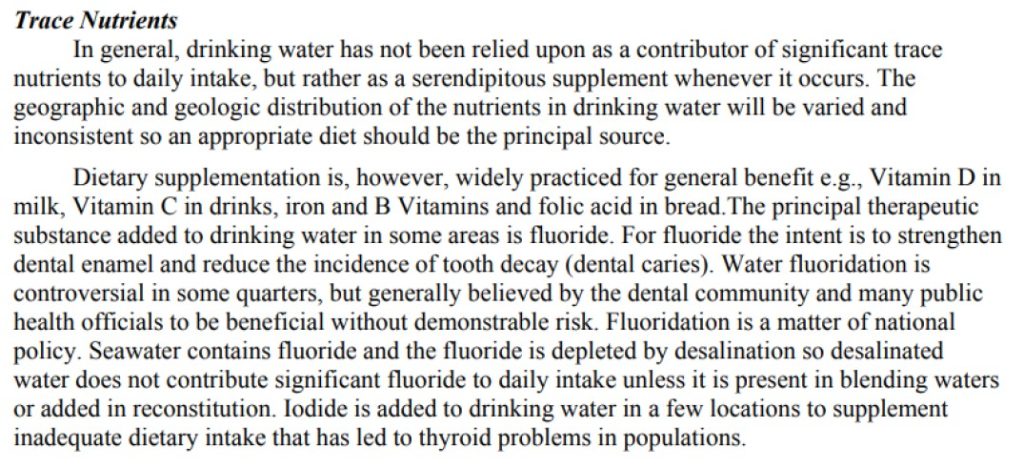What are the disadvantages of reverse osmosis and why is it still the preferred choice in the water purification market?
Contents
1. Is it true that reverse osmosis produces unhealthy water?
2. Why does the World Health Organization not recommend drinking it?
3. Does Reverse Osmosis Produce a Large Amount of Wastewater, Making it Unenvironmental?
Reverse osmosis is a widely used and well-established water purification technology that filters impurities from water, including pathogens, heavy metals, and chemicals, to meet high standards of drinking water. However, RO reverse osmosis also has its drawbacks and advantages, and we will delve into these frequently mentioned disadvantages of reverse osmosis.
1. Is it true that reverse osmosis produces unhealthy water?
RO reverse osmosis filters can remove microorganisms, chemicals, and other impurities from water, but they also eliminate some beneficial minerals and trace elements. Since RO reverse osmosis removes minerals and trace elements from water, consuming water treated with RO reverse osmosis alone may result in a deficiency of essential nutrients. Therefore, some experts suggest mixing RO reverse osmosis water with water rich in minerals and trace elements.
But is this really the case? In fact, the minerals and trace elements that are filtered out can be obtained from food. Compared to the past when food scarcity was a concern, people today generally have a decent standard of living, and cases of malnutrition are rare. In other words, nutrient excess is actually a more common
issue among modern individuals. The minerals and trace elements removed by RO reverse osmosis water filters mainly include calcium, magnesium, potassium, sodium, fluoride, copper, zinc, manganese, etc., which have been proven to be sufficiently obtained through daily dietary intake.
We can see from this chart that these foods actually provide a complete range of nutrients.
Image source: Jinsheng Chronic Hospital and Nursing Home - Tainan, Yongkang
http://www.jshospital.com.tw/get-nutrients-for-elders/

Here's a more apparent example: According to the Ministry of Health and Welfare's Food and Drug Administration's Food and Nutrient Database, every 100 grams of cabbage contains the following nutrients:
Sodium: 11 milligrams, Potassium: 187 milligrams, Calcium: 47 milligrams, Magnesium: 12 milligrams, Iron: 0.4 milligrams. On the other hand, 100 grams of mineral water only contains 0.02 milligrams of iron, magnesium, and zinc!
2. Why does the World Health Organization not recommend drinking it?
Many experts (or non-RO manufacturers) use this report as evidence to demonstrate that "the World Health Organization does not recommend promoting RO reverse osmosis as a daily drinking water source."

Interested individuals can download the full report in PDF format from the following website: https://apps.who.int/iris/bitstream/handle/10665/43403/9241593989_eng.pdf?sequence=1&isAllowed=y
If we carefully read through this report, we will find two misunderstood aspects:
1.This is a report from the World Health Organization.
Therefore, its purpose is to reduce diseases caused by improper drinking water worldwide. Please note the keyword "world," especially in underdeveloped countries in Africa, South Asia, and the Middle East, where people generally lack access to sufficient and balanced food to sustain essential nutrition. In these countries, if reverse osmosis (RO) technology is widely adopted, it could potentially lead to the occurrence of certain diseases. That is why this report also presents alternative water treatment technologies, such as desalination and distillation, which, compared to reverse osmosis, not only retain minerals but also offer the advantage of reducing energy consumption. Therefore, for these underdeveloped countries, drinking reverse osmosis water is considered a more luxurious and less healthy approach.
But in Taiwan, where most people have a well-balanced diet, we don't need to worry about diseases caused by the lack of minerals and trace elements.
2.The research period of this report is from 1957 to 2004.
In simple terms, it is somewhat outdated and does not fully align with the lifestyle of modern people. Just think, do we still have beriberi in Taiwan now?
Since the temporal and spatial context is different, the value of this report as a reference for the current situation in Taiwan is far greater than its practical significance.

The Chinese explanation of the aforementioned report is as follows:
"In general, drinking water is not the main source of daily intake for essential trace nutrients but rather serves as a supplement. The nutrient content in drinking water varies due to geographical and geological differences. Therefore, a balanced diet is the primary source of these nutrients. For example, vitamin D can be obtained from milk, vitamin C from beverages, iron, vitamin B, folate, and fluoride from bread, and so on."
Yes, you read it correctly. This explanation is clearly stated in the report on drinking water and is not an interpretation that only focuses on the notion that "RO (reverse osmosis) water is unhealthy."
3. Does Reverse Osmosis Produce a Large Amount of Wastewater, Making it Unenvironmental?
The generation of wastewater during the process of reverse osmosis (RO) is an environmental concern as it requires significant energy and water resources. Typically, the wastewater ratio of an RO system can exceed 70%, which is a significant waste, particularly in areas where water resources are already scarce.
However, in recent years, new types of RO technology have been developed that result in wastewater levels below 50%. This reduces the amount of wastewater produced and improves the overall efficiency of RO water production. If you are still concerned about wastewater, you can also consider diverting the wastewater for other purposes, such as fish farming, gardening, or dishwashing, which require lower-quality water.
4. Besides Reverse Osmosis, What Other Water Purification Technologies Can Meet Drinking Water Standards?
This is also a frequently discussed topic comparing different water purification technologies. Besides reverse osmosis (RO), there are other water purification technologies that can meet drinking water standards. For example, hollow fiber membrane filtration technology can remove impurities from water while retaining minerals and trace elements. Additionally, ceramic filters, ultraviolet disinfection, and other technologies can achieve water purification.
One commonly compared alternative is the hollow fiber membrane. Compared to RO, the advantage of hollow fiber membrane filtration technology is that it does not excessively remove minerals and trace elements from water, thus preserving the taste and nutritional content of water. Furthermore, the operational cost of hollow fiber membranes is relatively low as it does not require significant energy usage.
However, we must still be aware of certain limitations. While these filtration methods can meet drinking water standards and reduce bacterial contamination, hollow fiber membranes, ceramic filters, and ultraviolet disinfection cannot filter out viruses and heavy metals.
5.Should I purchase a Reverse Osmosis water purifier?
Based on the above discussion, RO is an effective technology for removing impurities from water, but it also removes some beneficial minerals and trace elements while having higher operating costs. Other filter materials offer better environmental friendliness and lower operating costs but have inferior filtration efficiency. Therefore, the choice of water purification technology should be based on local conditions and specific needs, taking various factors into consideration.
Who is suitable for using an RO water purifier?
- Families with high water consumption.
- Individuals with higher standards for drinking water safety.
- Those who have a well-balanced diet and regularly consume fruits, vegetables, and meat.
Who is not suitable for purchasing an RO water purifier?
- Individuals living in rented accommodation, as most RO systems require installation that may damage existing fixtures.
- Users who cannot accept the generation of wastewater or do not have suitable wastewater plumbing for installation.
- Individuals with inadequate intake of balanced nutrition in their daily diet.
「Welcome reproduction,please indicate the resource」